Science & Technology
Webb Telescope
Stunning images captured by NASA space telescope
Webb has captured some incredibly detailed images of various cosmic objects. Here're some:
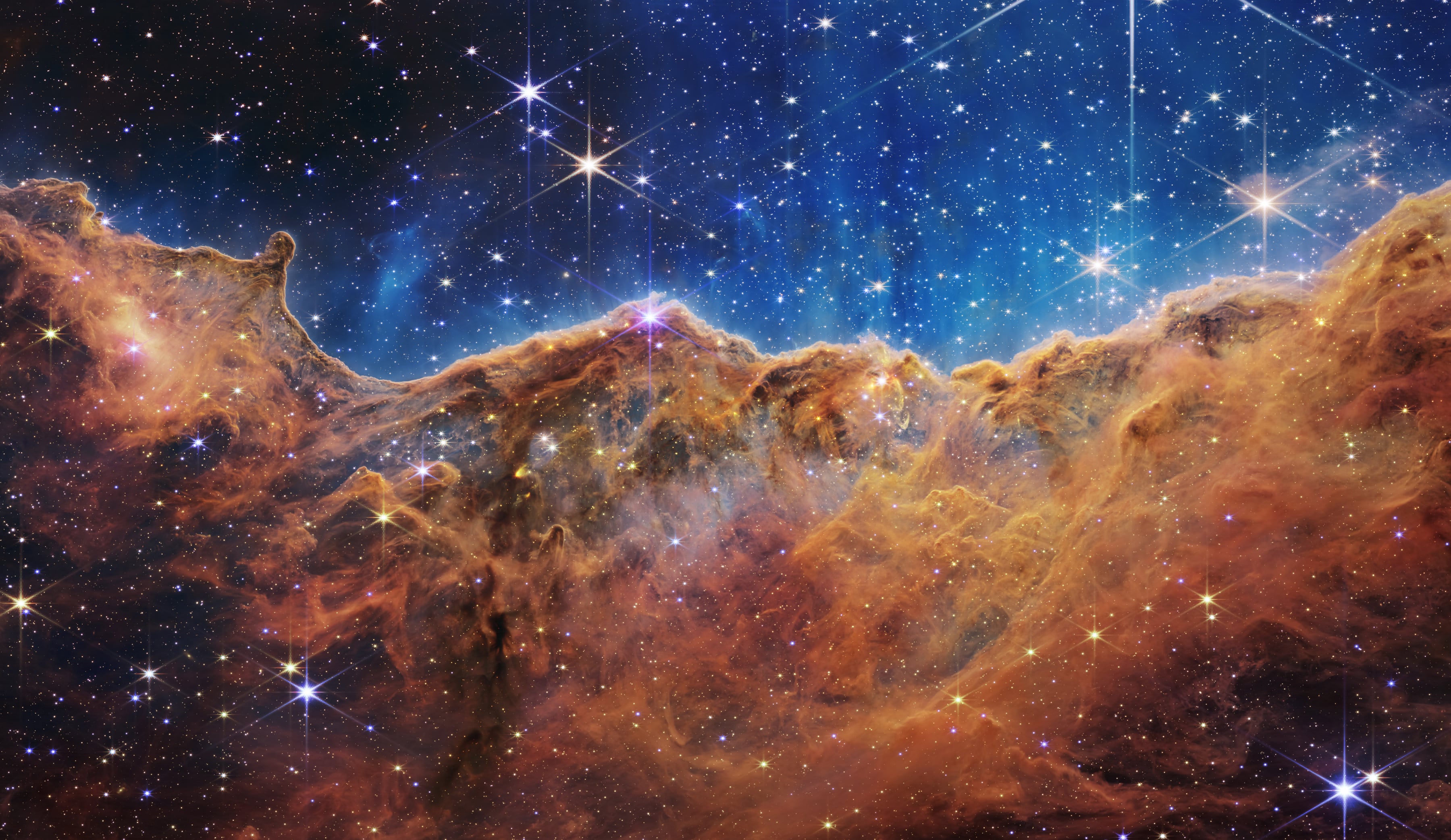
NASA has released some images captured by Webb space telescope. Worldwide, astronomers and science enthusiasts were eagerly waiting to see those pictures.
Here are some of those images released by NASA:
- First image they showcased was the image released by Biden, ‘Deep Field: SMACS 0723’, which is a galaxy cluster as it appeared 4.6 billion years ago, taken by Near-Infrared Camera (NIRCam). The clusters as a whole permits a deep field view into both the extremely distant and intrinsically faint galaxy populations over 13 billion years old compared to 13.8 billion years, the age of the universe;
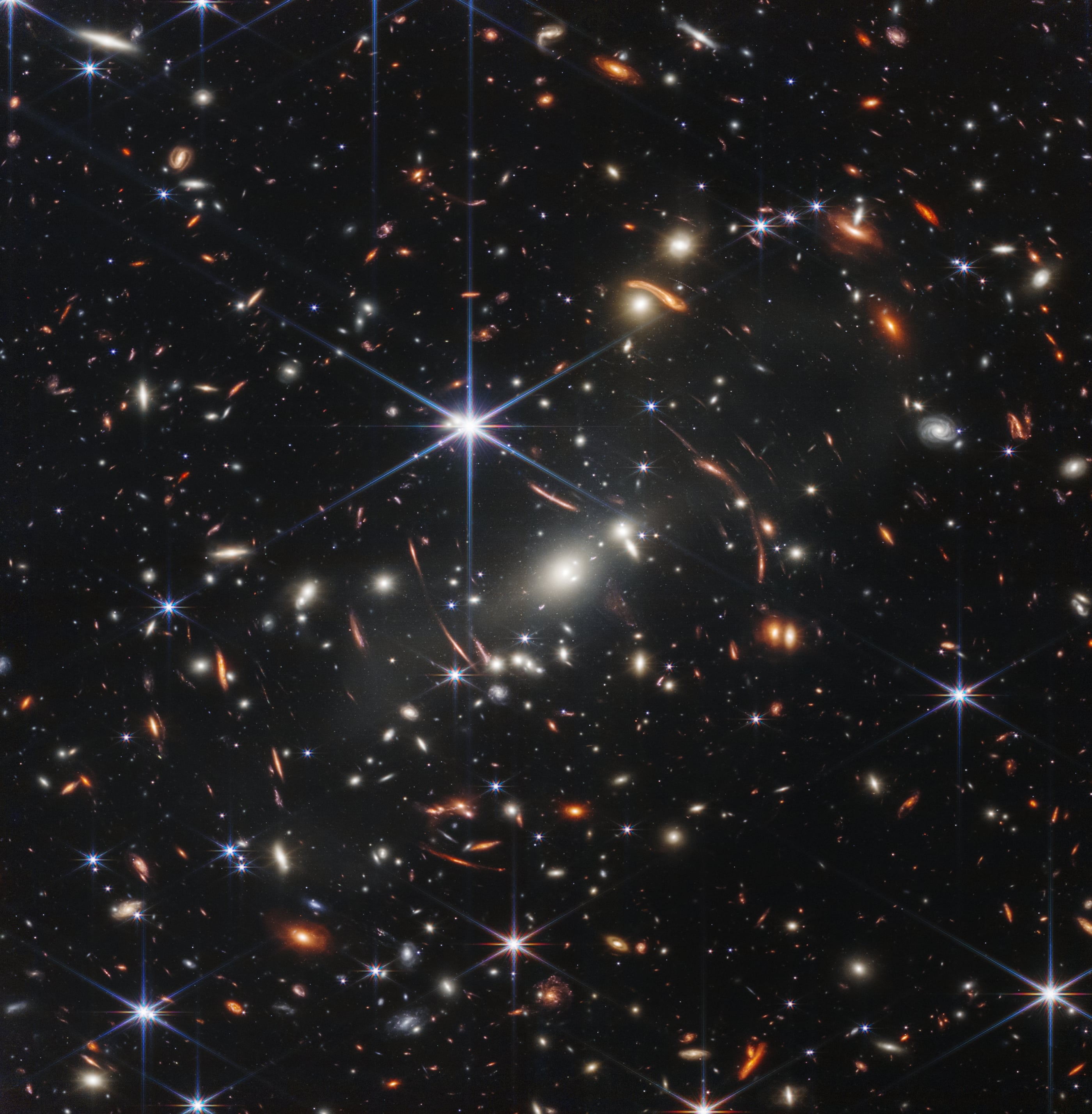
The image of SMACS 0723 is the deepest and sharpest infrared image of the distant universe to date. Photo: NASA, ESA, CSA and STScI - Using its ‘spectrograph’, instrument to analyse the chemical composition, Webb captured the ‘distinct signature of water’, along with evidence for clouds and haze, in the atmosphere of a puffy gas giant planet, WASP-96 b. It is nearly half the size of Jupiter, orbiting a distant Sun-like star;
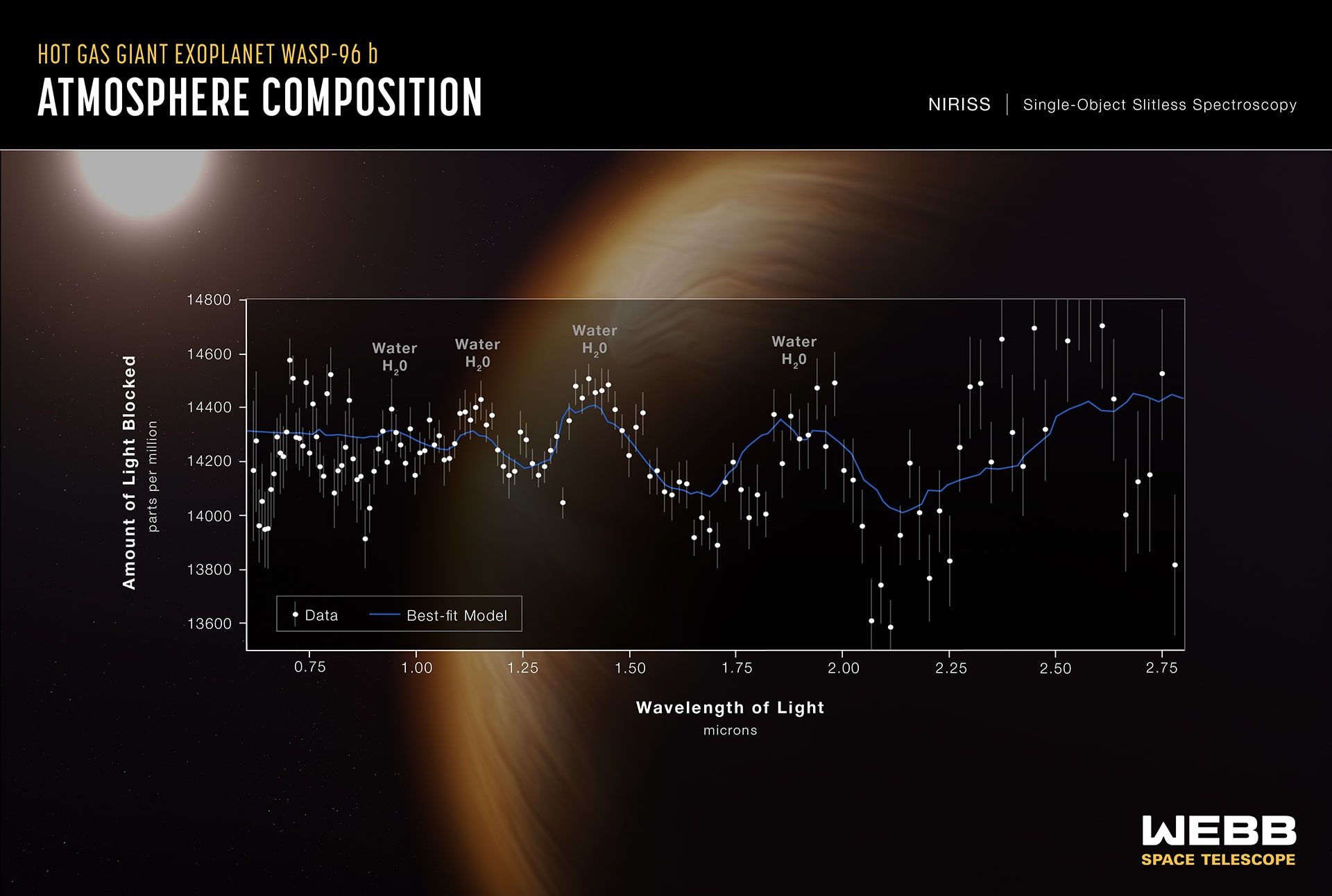
The chart shows the distinct signature of water in WASP-96 b, a distant exoplanet. - The third picture of Webb released in the broadcast was of Southern Ring Nebula, a planetary nebula, a cloud of dust and gases, expanding out of a dying star. Two cameras aboard Webb captured the latest image of this planetary nebula located 2500 light years from the Earth;
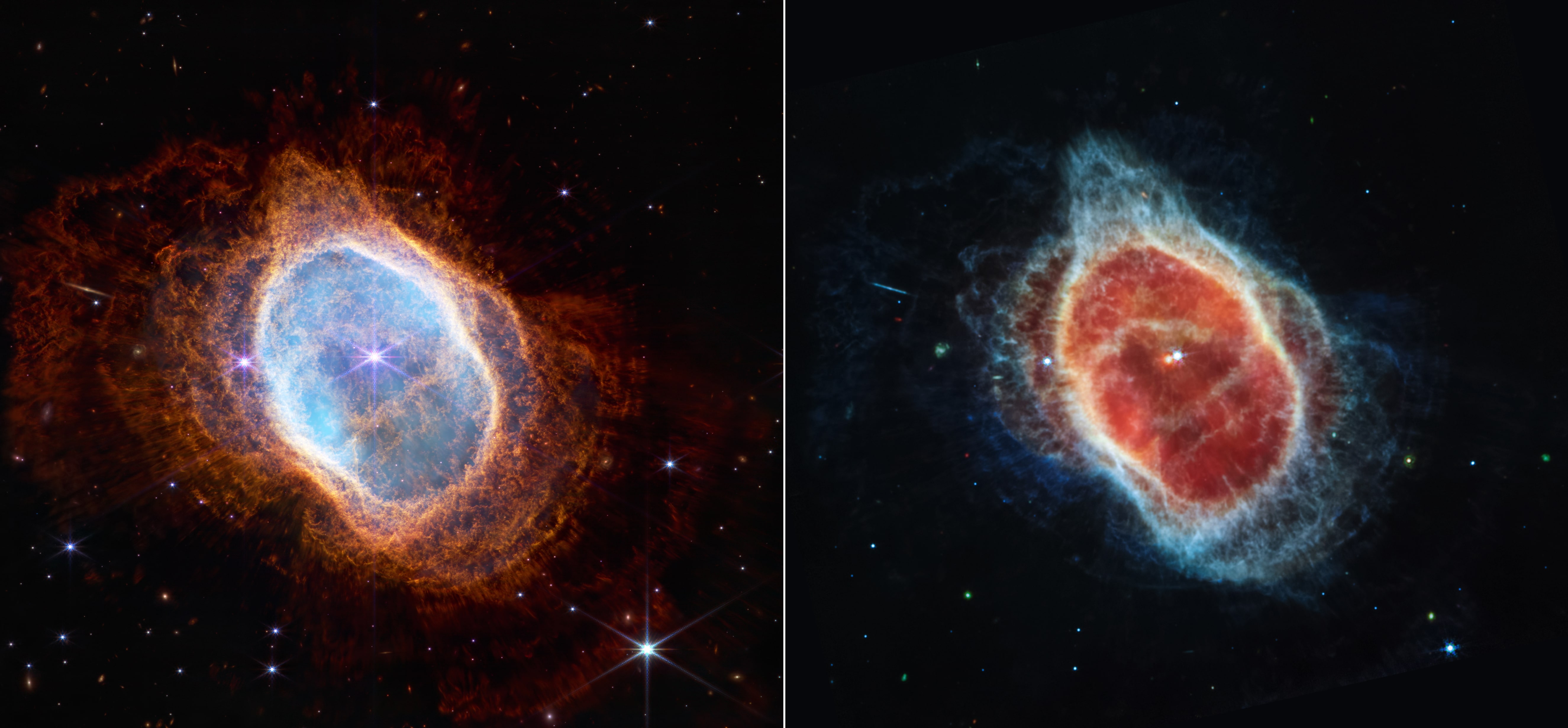
The dying star producing a planetary nebula taken by NIRCam on left and MIRI on right. Photo: NASA, ESA, CSA, and STScI - Fourth picture by JWST demonstrating its technology is Stephan’s Quintet, a visual group of five galaxies located 290 million light-years away. Using its powerful, infrared vision and extremely high spatial resolution, this picture is the richest picture of JWST released to public yet, showing a ‘cosmic dance’ of four of those galaxies.
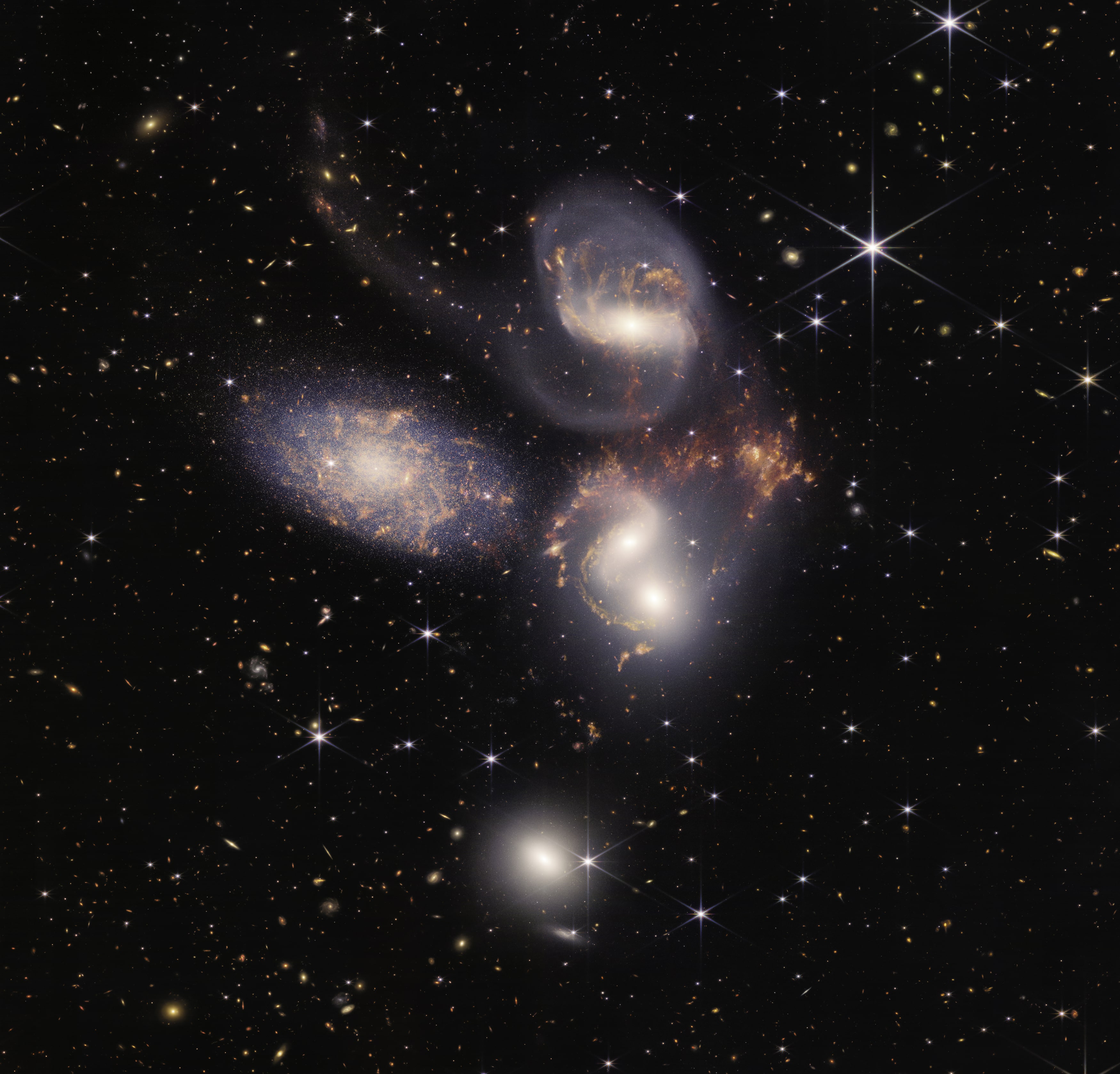
Cosmic dance of Stephan’s Quintet, tight groups like this may have been more common in the early universe. Photo: NASA, ESA, CSA, and STScI - Carina Nebula was arguably the most beautiful of all the images released by JWST yet. It showed the star formation region (cosmic nursery) of cloud of dust and gases, 7600 light years away, towering high in the dark universe along with glittering stars. Also known as ‘cosmic cliffs’, the tallest tower is around 7 light years high, more than seven hundred billion Mt. Everests stacked together or nearly 50 million Suns one over other.

Carina nebula is one of the brightest nebula, the details in the image gives incredible texture to the nebula. Photo: NASA, ESA, CSA and STScI
Post Comments
Related News

Feb 05, 2024
Apple’s new Vision Pro has big ambitions - know them all
It's unclear yet when Vision Pro will be available in Nepal. But concerns over the...

Dec 28, 2023
2023 was the year of generative AI. What can we expect in 2024?
Given the whirlwind of AI developments in the past 12 months, we’re likely to see...
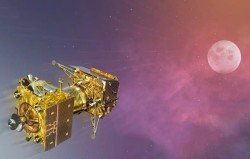
Aug 31, 2023
Chandrayaan-3: What this means for India and the global race to the Moon
India’s Chandrayaan-3 landed on the south pole of the Moon − a space policy expert...



